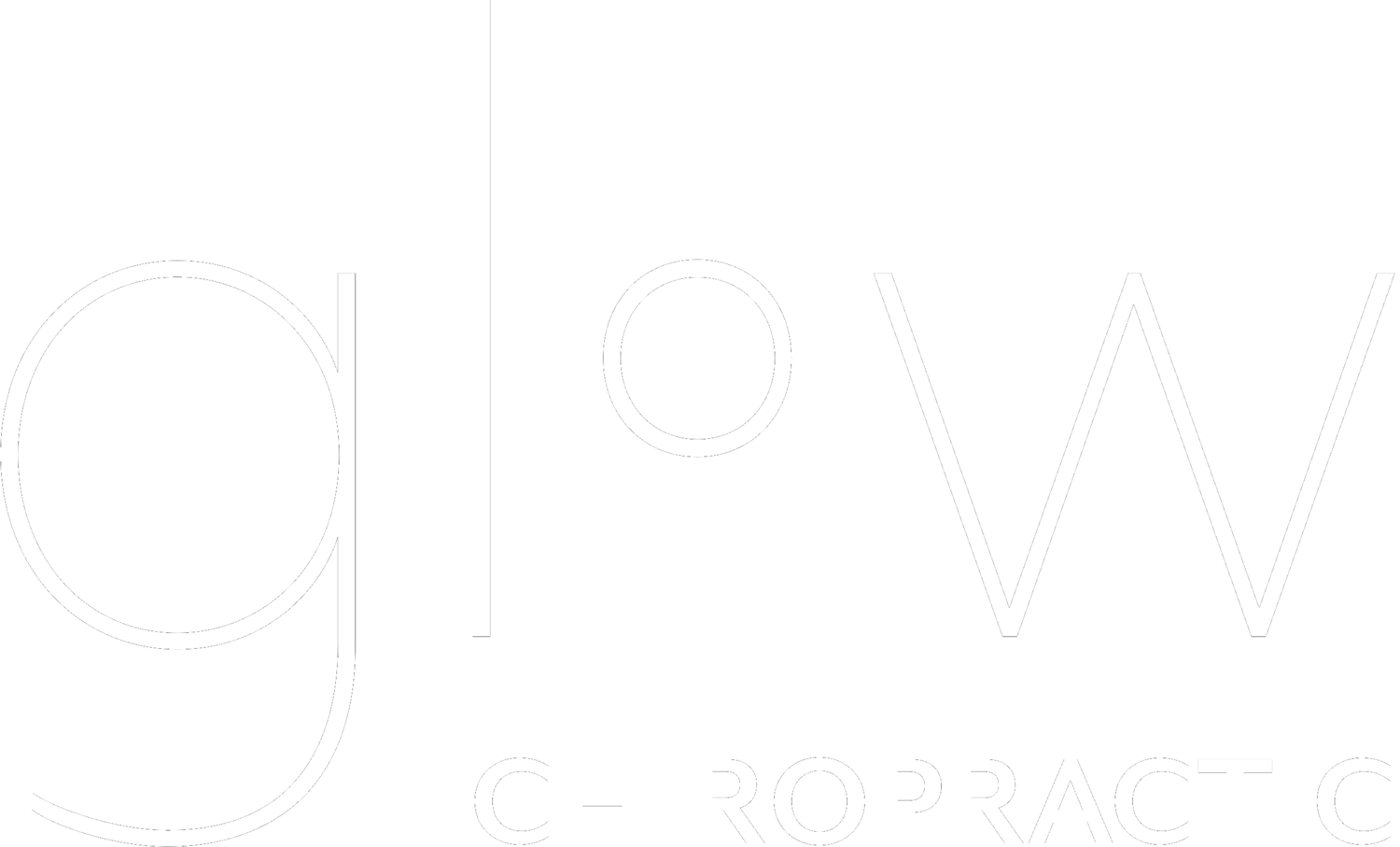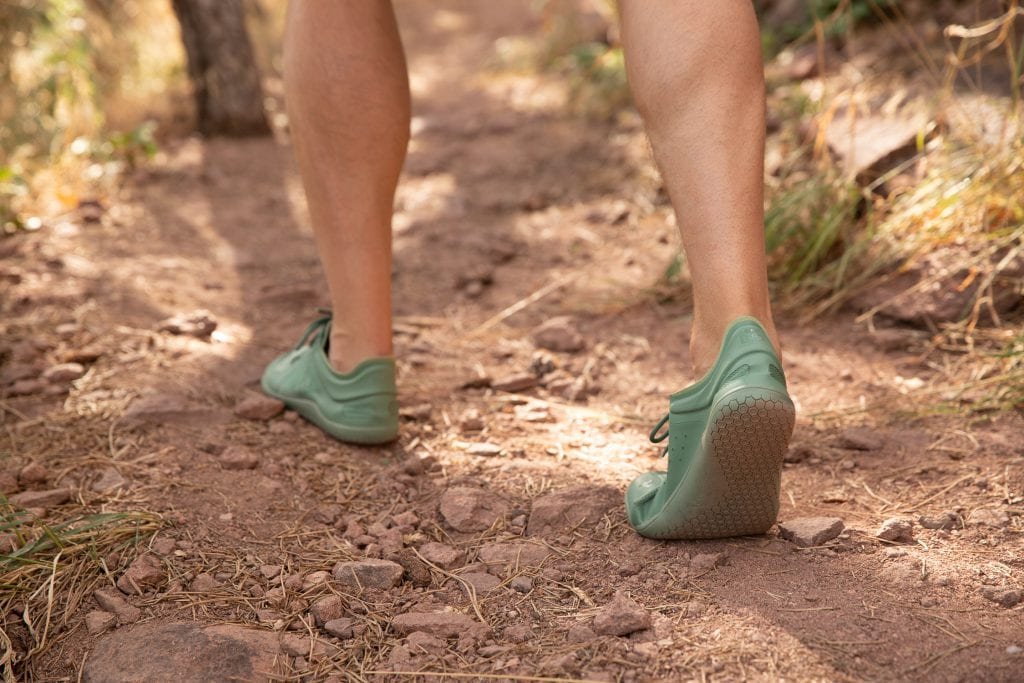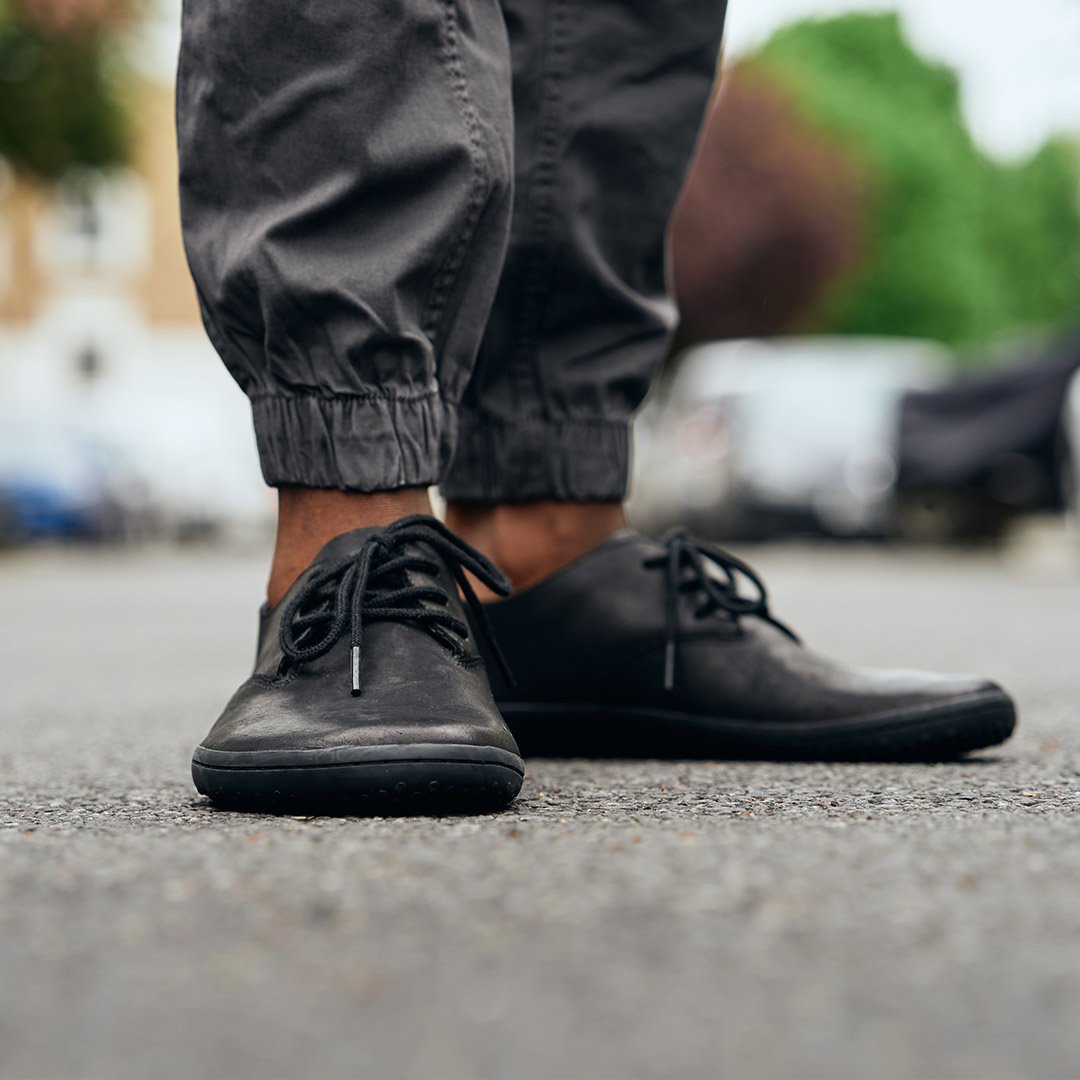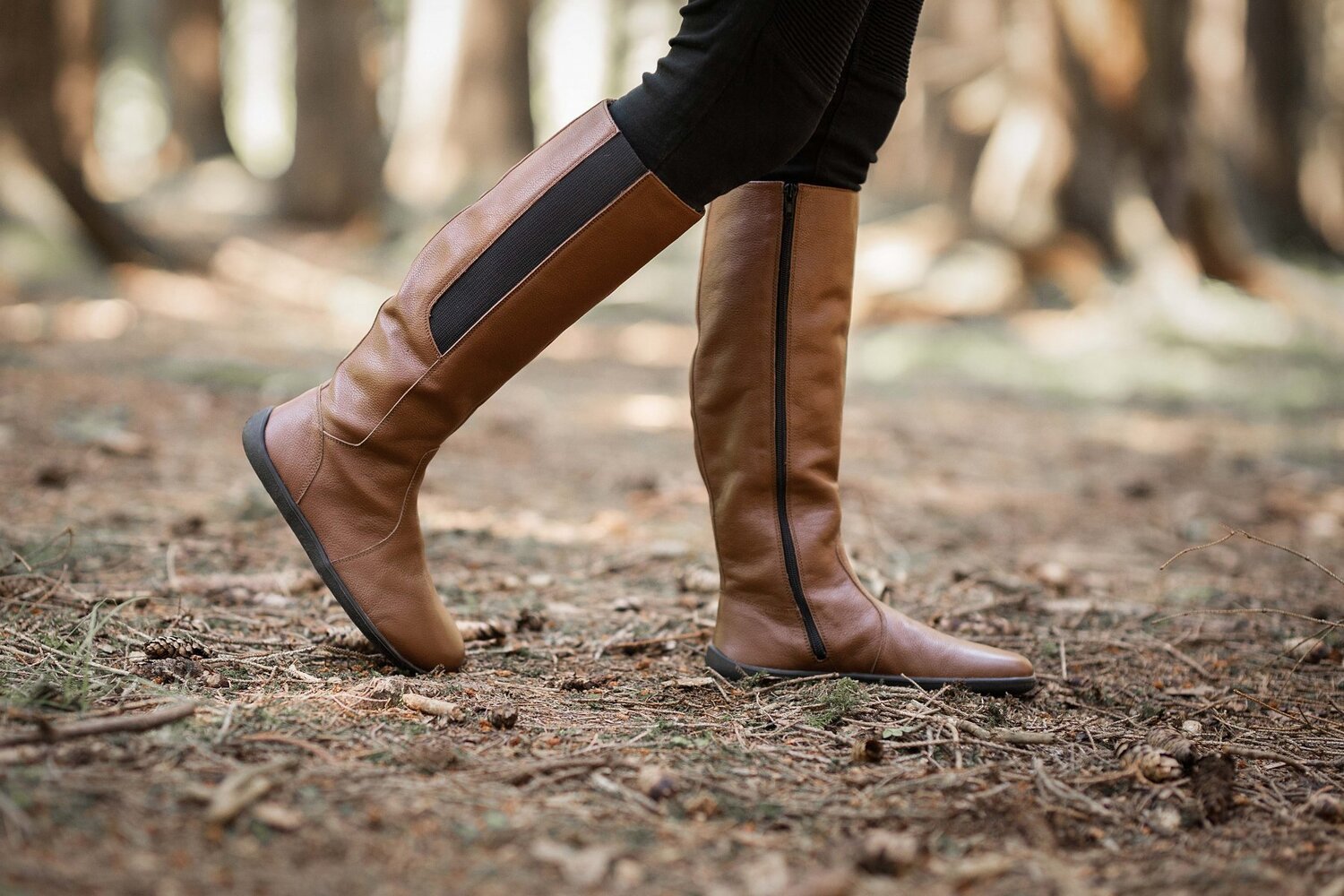Shoe Tips from a Chiropractor
Do you have foot, knee, hip, or back pain? Your choice of shoes can be making that problem worse OR your shoes can even be the cause of the problem. No one wants that, of course, so here are three things I recommend to look for in a shoe. Pick one… or all three!
Flexible Sole
This is actually controversial advice! For many years, the recommendation for shoes was that they be stiff, not flexible. The belief was that this would provide the foot and ankle with better support. This belief is still pretty common– change takes time.
Let me share an analogy. Imagine you had a hand/wrist complaint and were advised to wear a stiff cast most of the day. This would limit natural movement, decreasing circulation and healing to the whole area. Your muscles, which may already be weak (and part of the original problem), would atrophy even more. Over time you would notice that when the cast was off, your hand and wrist were not functioning so well. You would likely feel more comfortable and supported wearing the cast.
This fictitious example becomes reality when you wear stiff, “supportive” shoes. They limit your natural movement and decrease healthy blood flow. This leads to decreased mobility and strength in the foot and ankle. Over time, this leads to a dependence on the shoes. Your feet no longer feel as good without them because they are weak and are using shoes as a crutch.
What you really want is a flexible sole. You want a shoe that bends… like your feet do. A flexible soled shoe means that when your foot would bend naturally, it actually can. How important is this? Extremely! Movement is key to health. Your foot naturally wants to bend constantly– when walking, running, climbing stairs, hiking, etc. To test a shoe for a flexible sole, you should be able to bend it in half pretty easily. A flexible sole is my number one recommendation for shoes.
Wide Toe Box
Shoes are normally designed to be “fitted” in the toe area. Some shoes are tighter than others, particularly dressy shoes. This aesthetic choice by shoe designers has a big impact on feet. Your foot and toe movement is limited as the toes are squished into an unnatural shape. The big toe can be significantly impacted.
A narrow toe box does not always cause major pain. However, it can change the shape of your toes and feet over time, like with bunions. A wide toe box lets your toes splay naturally, which prevents pain, deformed feet, and/or foot surgery. Another bonus of a wide toe box is that it allows for improved balance and grip.
Zero Drop
Zero drop is a fancy way of saying flat or “no heel.” A heel affects the way your foot moves, but that is not all. A heel also affects the way your ankle, knee, and hip move. The impact actually goes all the way up the kinetic chain of your body. Back pain is easily caused by heels, both low and high!
You may have noticed that many popular shoes now, even athletic shoes, have a noticeable heel commonly marketed as “cushioning.” While this sounds nice and is very common, a heel or cushioning prevents your entire kinetic chain from being able to move naturally. Instead, look for shoes with zero drop.
My Favorite Shoe
My favorite shoe type to recommend is a minimalist or “barefoot” shoe because it meets all of these requirements: flexible sole, wide toe box, and zero drop. There are many brands and styles available now. This Amsterdam Chiropractor can recommend going to De Trek Barefoot in Amsterdam. My wife and I have bought a few great pairs there. In addition to good service, they have many brands, options, and sizes.
The Science
Don’t just take my word for it. A small study was conducted on minimalist shoes in both younger and older populations. This study (from two universities in Europe) found that the design of minimalist shoes provides benefits like stability and consistency in gait, while providing the protection that being completely barefoot does not. Their results support the hypothesis that barefoot-style shoes can also help prevent falls.
Making the Change
For some people, switching to barefoot shoes can be an adjustment. Your foot mobility and strength are likely a bit limited because of the shoes you are used to, so a barefoot shoe may not feel great at first. You can make the transition as slowly as you need to. A slow transition is especially important if you are exercising in barefoot shoes. Remember the benefits and stick with it!
Still want to wear a favorite pair of shoes sometimes? Or high heels on date night? Occasionally is much better than regularly. The more you wear barefoot shoes, the better, but that does not mean you have to throw out your favorite shoes to make this switch.
Neurological Benefits
One last benefit of minimalist shoes I would like to share is regarding their positive impact on your brain. The design of a barefoot shoe allows for improved neurostimulation. This is because the foot receives more feedback from the ground. That stimulation better activates the calf, leg, and intrinsic foot muscles. These neurobenefits will lead to better balance as we age, thanks to improved sensorimotor control.
If you are not sure if a minimalist shoe is right for you, just ask me for personalized advice. Also, you can check out my barefoot shoes anytime you are at Glow Chiropractic. I look forward to seeing yours too!
References:
Title image via Serena Lee: https://serenalee.co.uk/blog/vivobarefoot-vegan-barefoot-shoes-discount-code-coupon
Study via BMC Geriatrics: https://bmcgeriatr.biomedcentral.com/articles/10.1186/s12877-020-1486-3#author-information



